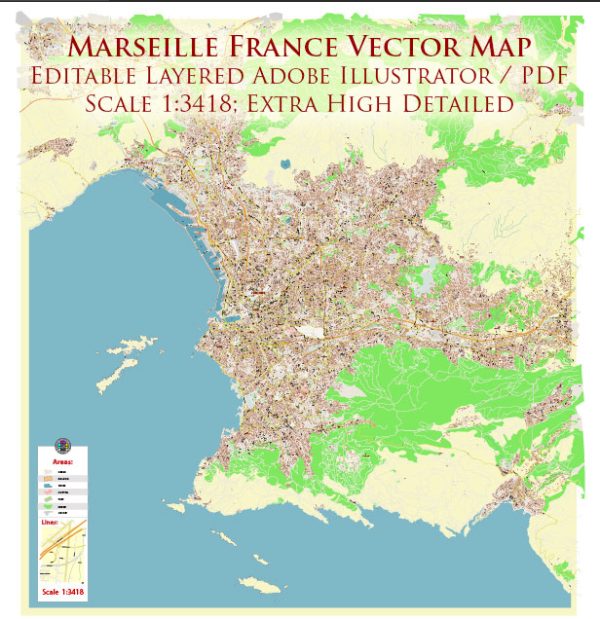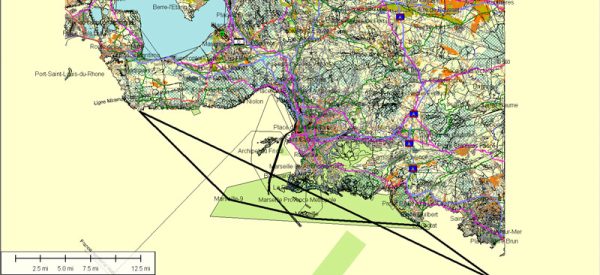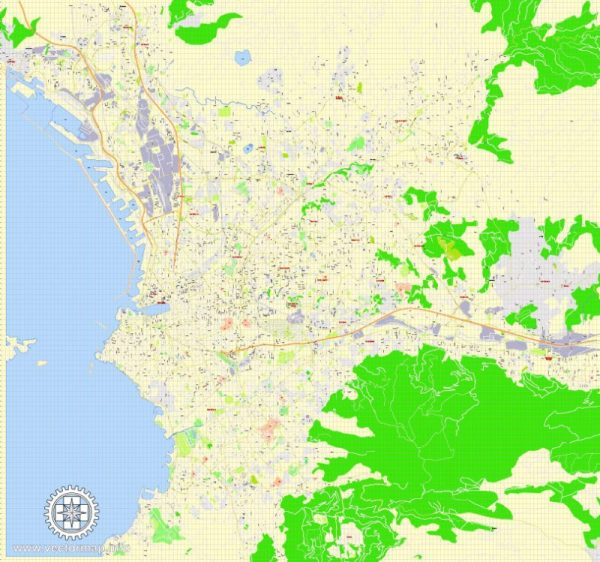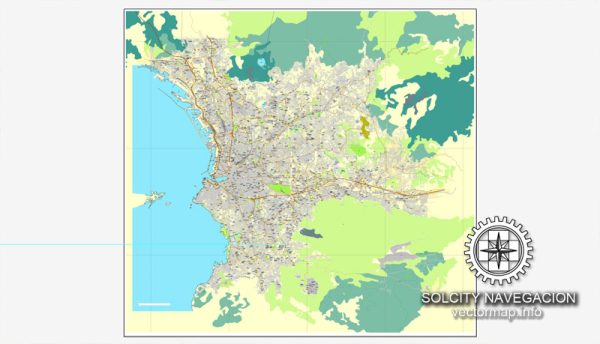Marseille, located on the southeastern coast of France, has a rich history of urban development that spans over 2,600 years. Here is a brief overview of key periods in the city’s urban history:
1. Greek and Roman Period (600 BCE – 5th century CE):
- Marseille, originally known as Massalia, was founded by Greek sailors from Phocaea around 600 BCE. It quickly became a thriving Greek colony and an important port for trade in the Western Mediterranean.
- During the Roman period, from the 2nd century BCE onwards, Marseille became a Roman city and experienced significant growth. Roman structures, such as theaters and forums, were built, and the city continued to be a vital hub for trade.
2. Medieval Period (5th century – 15th century):
- Marseille faced several challenges during the medieval period, including invasions by Visigoths, Ostrogoths, and Saracens.
- In the 10th century, the city became a part of the County of Provence and later the Kingdom of Arles. It developed as a trading center and port, contributing to its economic prosperity.
3. Renaissance and Early Modern Period (15th century – 18th century):
- Marseille experienced a period of cultural and economic revival during the Renaissance.
- In the 17th century, under Louis XIV, Marseille expanded its port facilities and became a major naval base. The city walls were extended, and new districts were developed to accommodate the growing population.
4. 19th Century:
- Marseille underwent significant transformations during the 19th century. The construction of the Old Port (Vieux-Port) was completed in the mid-19th century, providing improved facilities for maritime activities.
- The city’s population grew rapidly due to industrialization and the development of the port, attracting immigrants from various regions.
5. 20th Century:
- Marseille faced challenges during World War II, suffering from bombings and German occupation.
- Post-war reconstruction led to the development of new residential areas and infrastructure projects. The city experienced urbanization and modernization.
6. Contemporary Period:
- In recent decades, Marseille has continued to evolve with ongoing urban development projects. The Euroméditerranée project, launched in the 1990s, aimed to transform the city’s waterfront and business district, fostering economic growth and revitalizing urban spaces.
- Marseille was designated the European Capital of Culture in 2013, further contributing to the city’s cultural and artistic vibrancy.
Throughout its history, Marseille’s urban development has been shaped by its strategic location as a major Mediterranean port, cultural influences from various civilizations, and the changing economic and political landscapes of the region. The city’s diverse architectural styles and historical sites reflect its dynamic and multifaceted past.





 Author: Kirill Shrayber, Ph.D.
Author: Kirill Shrayber, Ph.D.